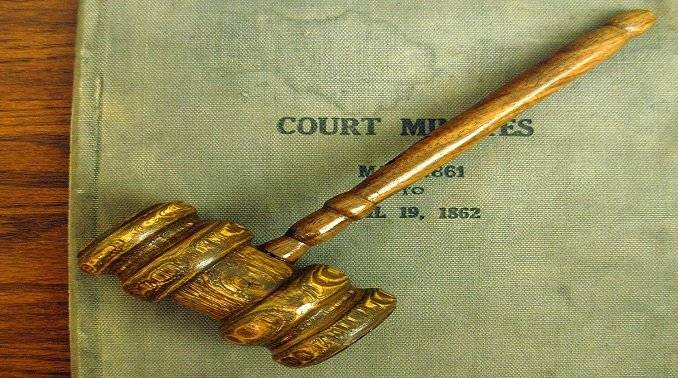This post was first published on 5th December, 2014.
The Supreme Court's non-obviousness precedent commenced with Graham v. John Deere Co., and its companion cases, Calmar v. Cook Chemical and United States v. Adams, collectively referred to in patent circles as the Trilogy. This trilogy represents the Supreme Court’s first interpretation of the statutory non-obvious requirement. The principal issue in the trilogy was establishing the level of ingenuity necessary to satisfy the Section 103 non-obvious requirement that had been added to the Patent Act in 1952.…

